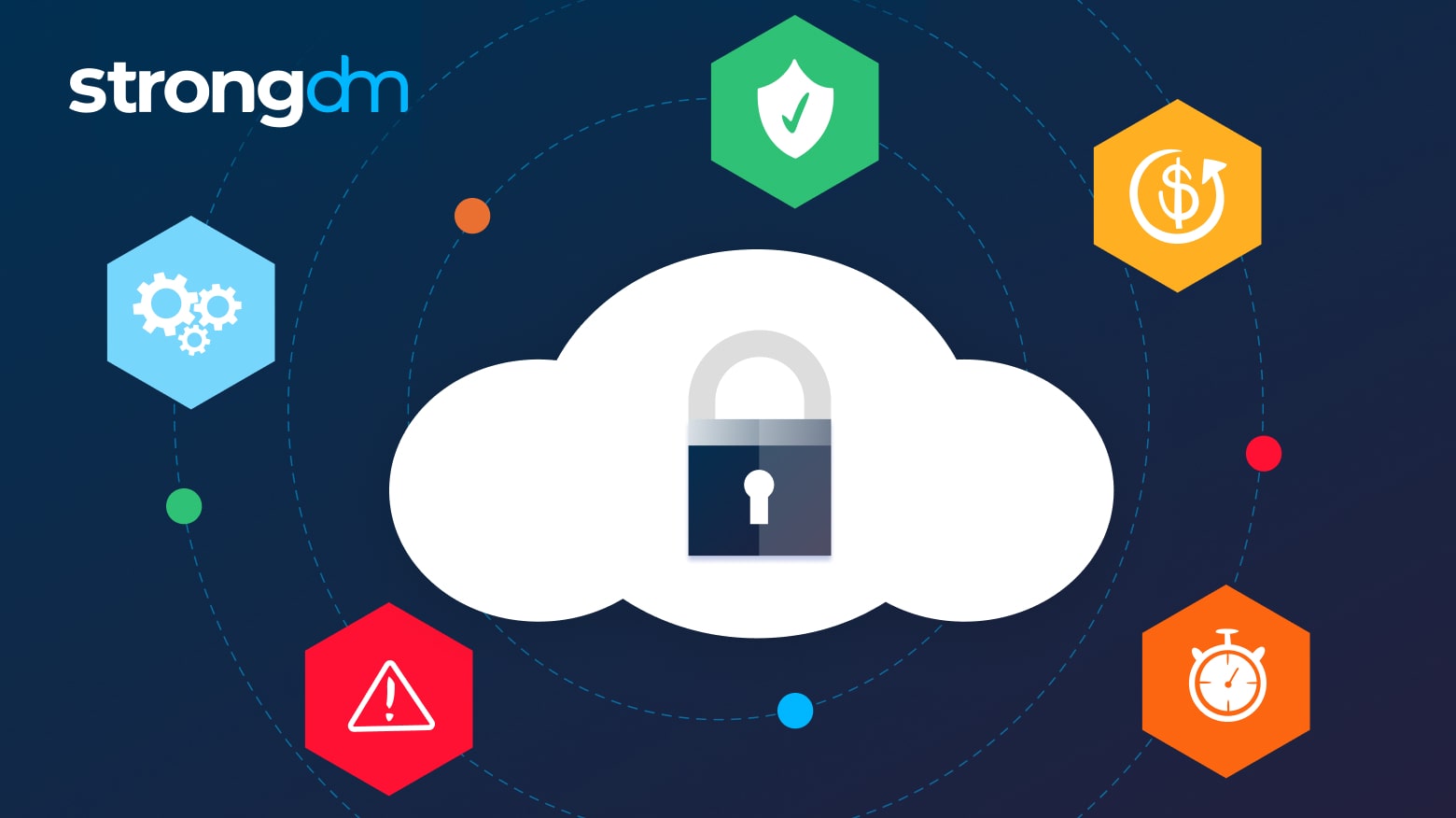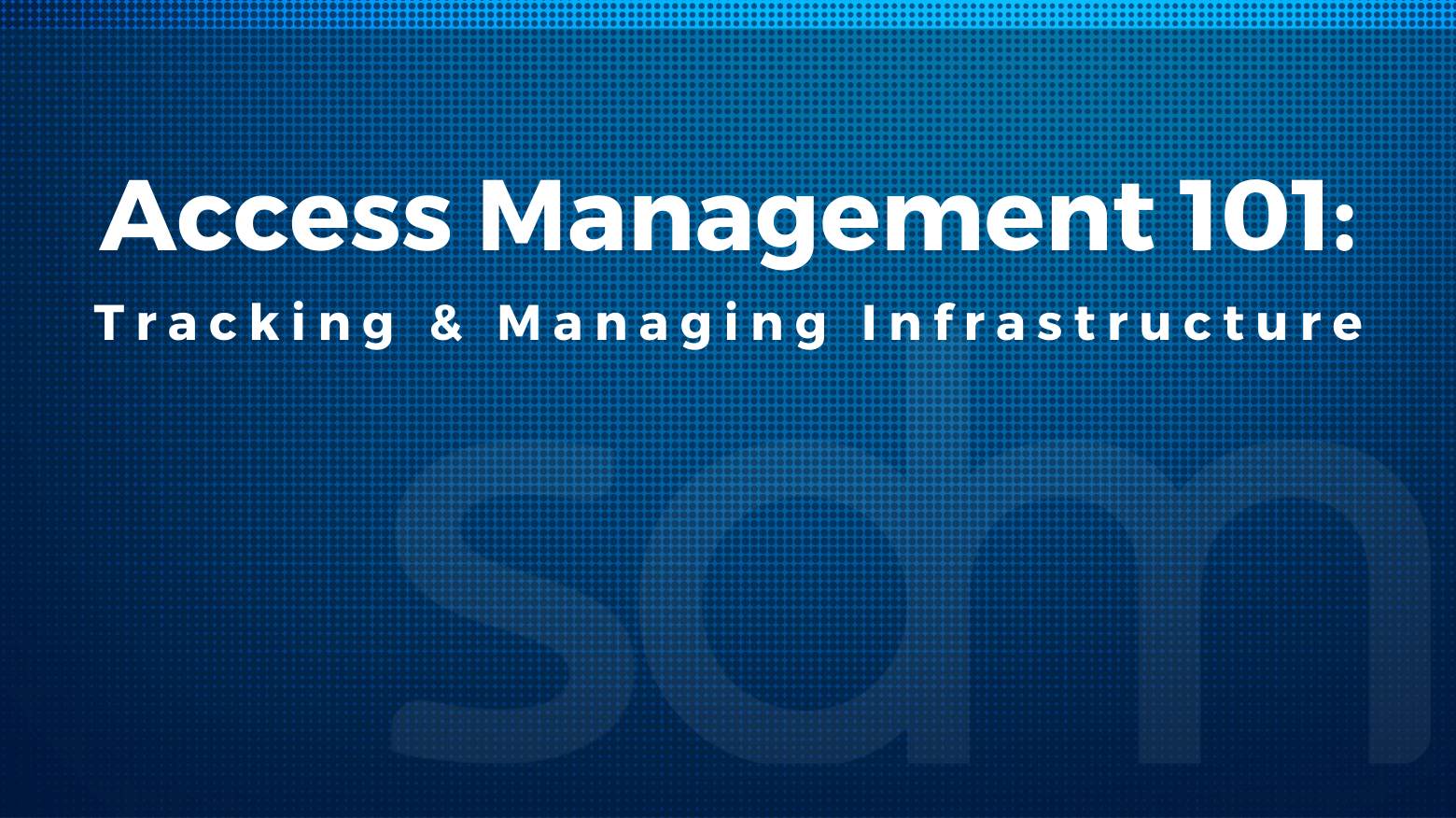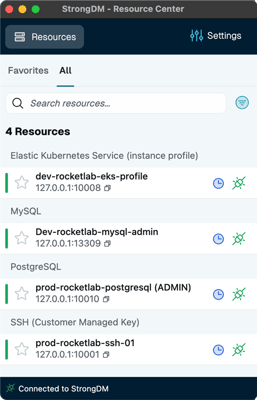This article looks at identity and access management (IAM) in cloud computing. You’ll learn how cloud IAM differs from traditional on-premises IAM, explore the benefits and challenges of cloud IAM, and discover how to choose the best cloud IAM system for your organization. By the end of the article, you’ll have a deeper understanding of the components of cloud IAM and how these software solutions can help mitigate cyberattacks that threaten your organization.
Posts by Category:
- Security
- Access
- DevOps
- Privileged Access Management
- Auditing
- Zero Trust
- Compliance
- Policy
- Databases
- SOC 2
- Authentication
- Identity and Access Management
- Team
- Compare
- Engineering
- Integrations
- Product
- Kubernetes
- AWS
- Productivity
- Podcasts
- SSH
- Observability
- HIPAA
- ISO 27001
- Role-Based Access Control
- Dynamic Access Management
- Secure Access Service Edge
- Webinars
- Events
- NIST
- Onboarding
- Passwordless
- Offsites
- Platform
- PCI
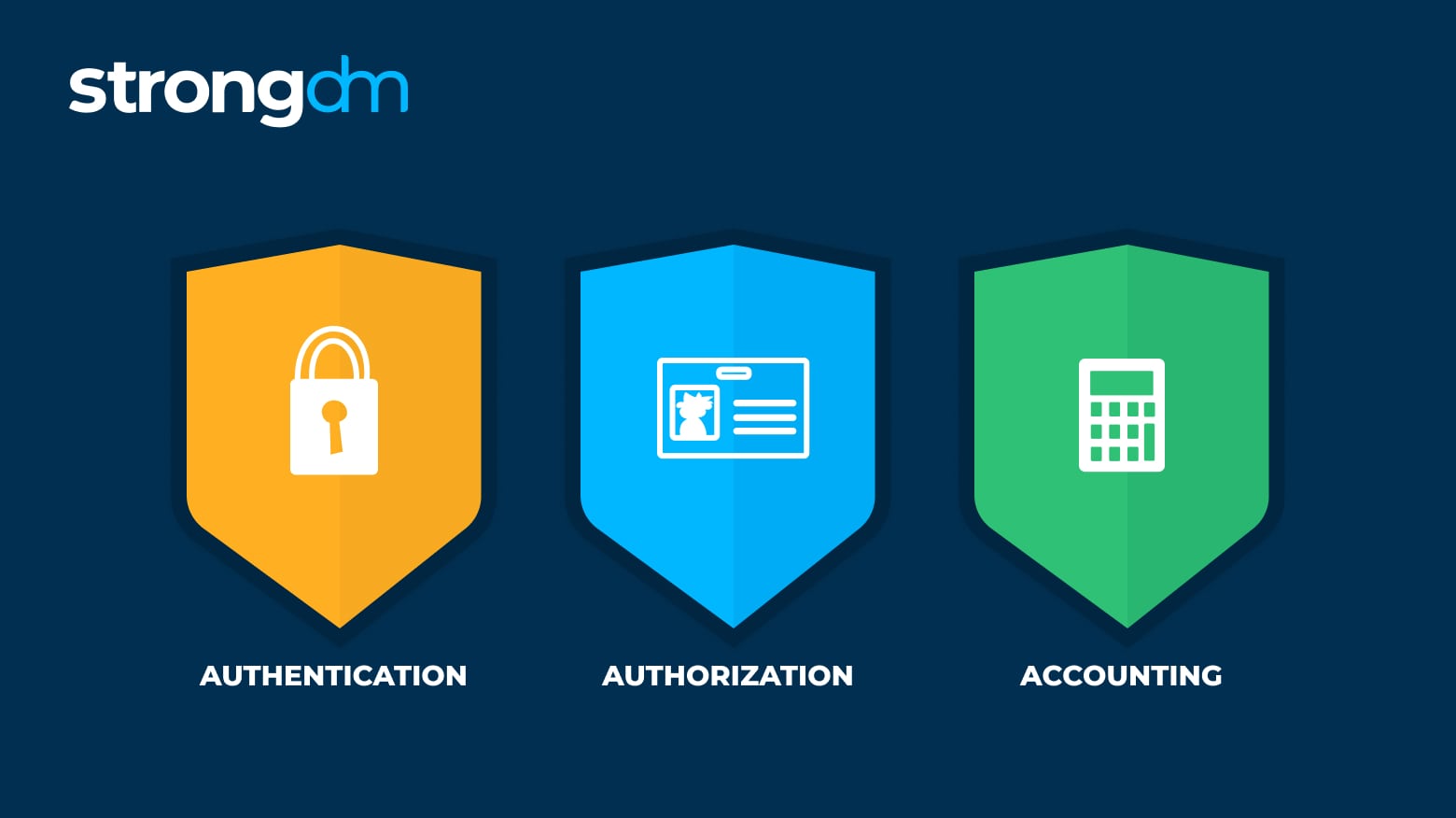
In this article, we'll cover the Authentication, Authorization, and Accounting (AAA) framework for cybersecurity, the meaning of each AAA component, and the benefits of using it for granular access control. You'll learn about different AAA protocols and how they relate to Identity and Access Management (IAM). By the end of this article, you'll fully understand AAA networking and how the model assists with network security and monitoring.
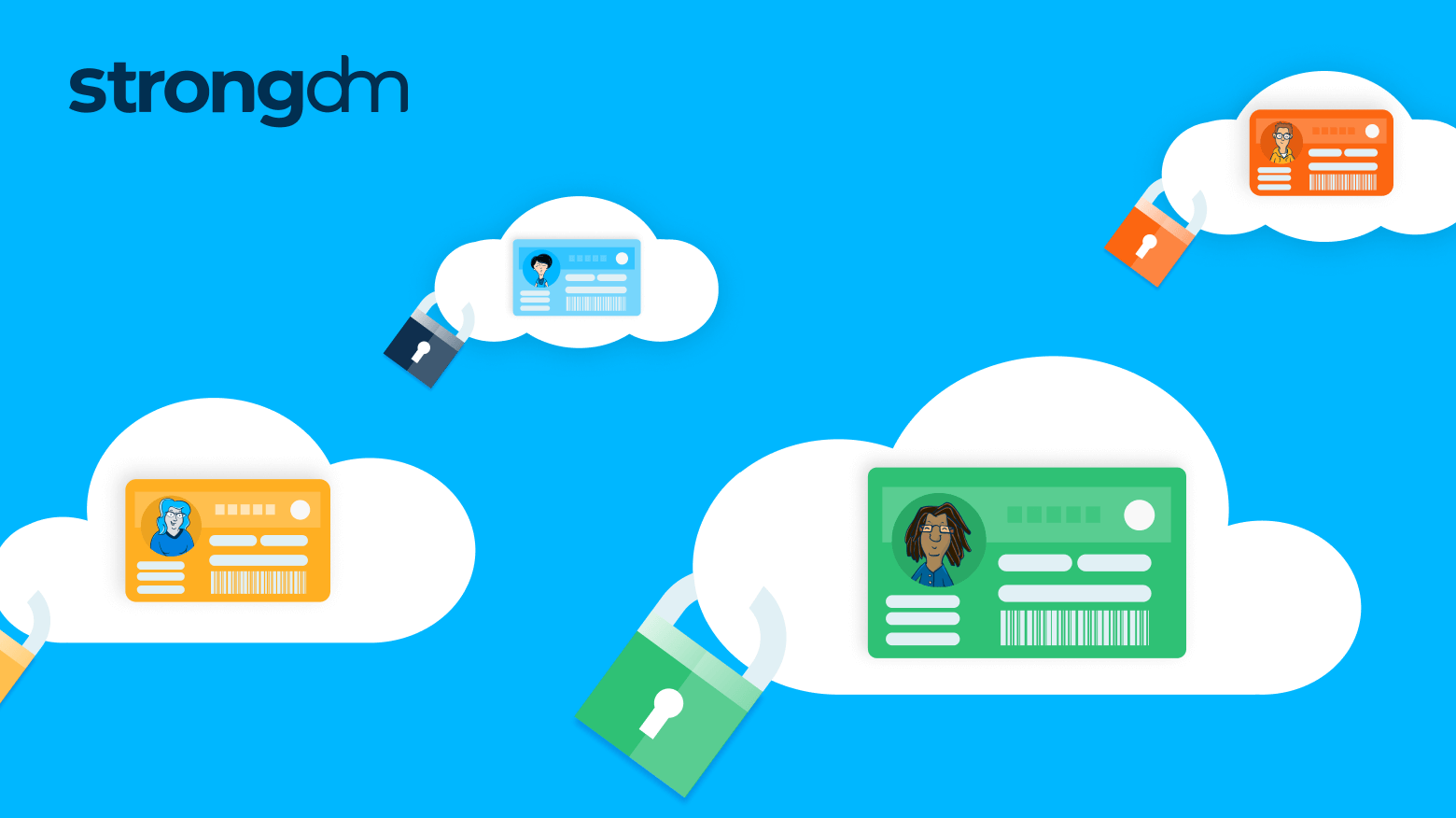
In this article, we’ll examine what Identity as a Service (IDaaS) is and how companies use IDaaS to enhance their security posture. You’ll learn why identity and access management (IAM) is important, how outsourcing IAM can support your goals, and the limitations of using a cloud-based IDaaS. By the end of this article, you’ll understand how an IDaaS solution works, the problems IDaaS addresses, and the role IDaaS will play in the future of identity management.
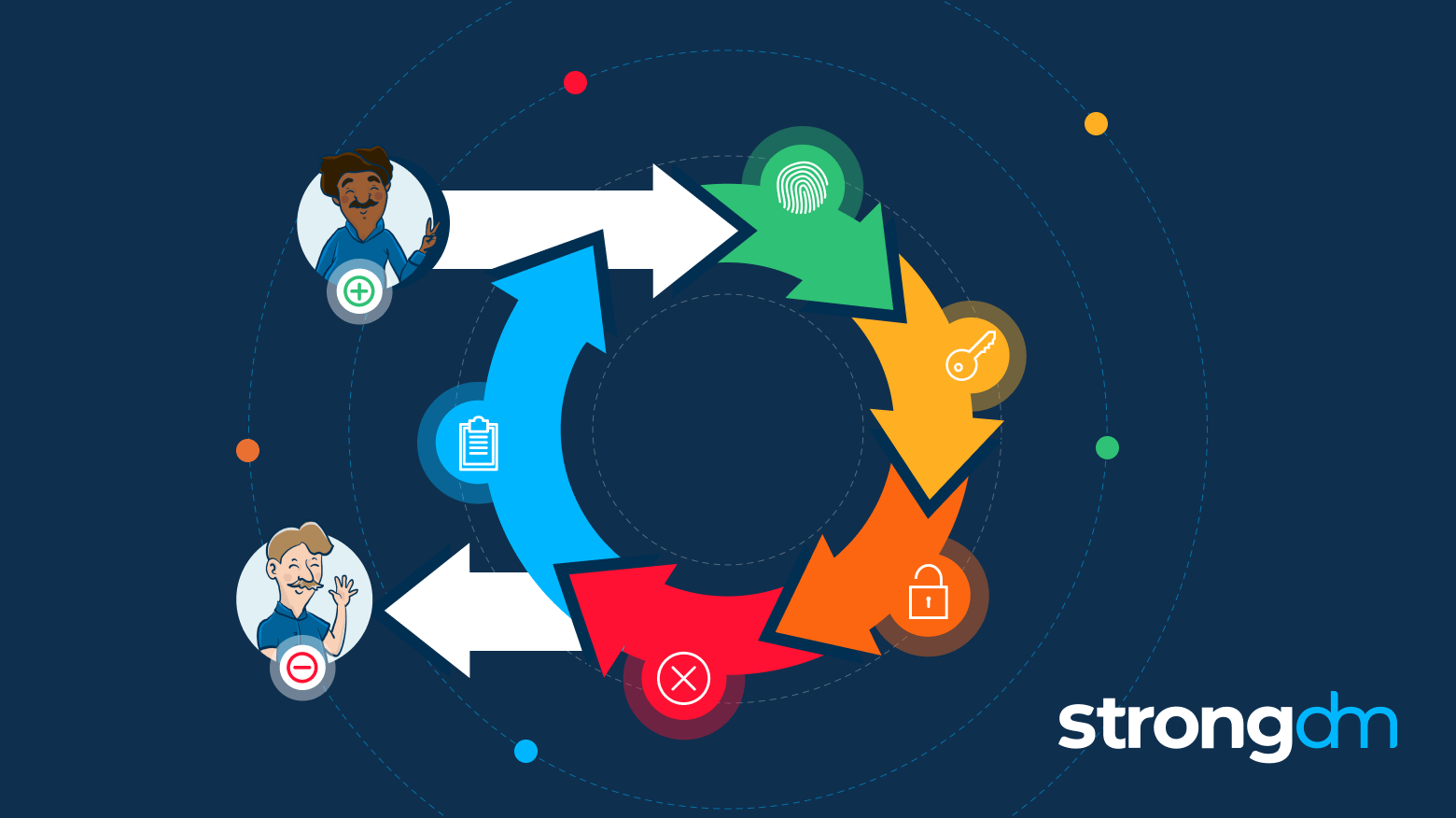
In this article, we’ll take a broad look at identity governance and administration (IGA) and examine how it differs from other IT risk mitigation topics. You’ll get insight into the history, benefits, and features of IGA and learn how to start planning an IGA implementation of your own.

In this article, we’ll take a look at insider threats in cyber security and the dangers they pose. You’ll learn the insider threat definition, who the insiders are, the types of insider threats to be aware of, and how to detect threats. By the end of this article, you’ll have a clearer understanding of the entire insider threat ecosystem and the best practices you can use to protect your organization, data, and systems.

Time to spring clean your access management! Use these resources to establish healthy habits to keep your infrastructure access tidy all year long.

Agent vs. Agentless architectures is a recurring debate - covering specifics from monitoring to security. But when it comes to Access Management, some key considerations are necessary when defining the scalability of your solution and its impact on efficiency and overhead over time.
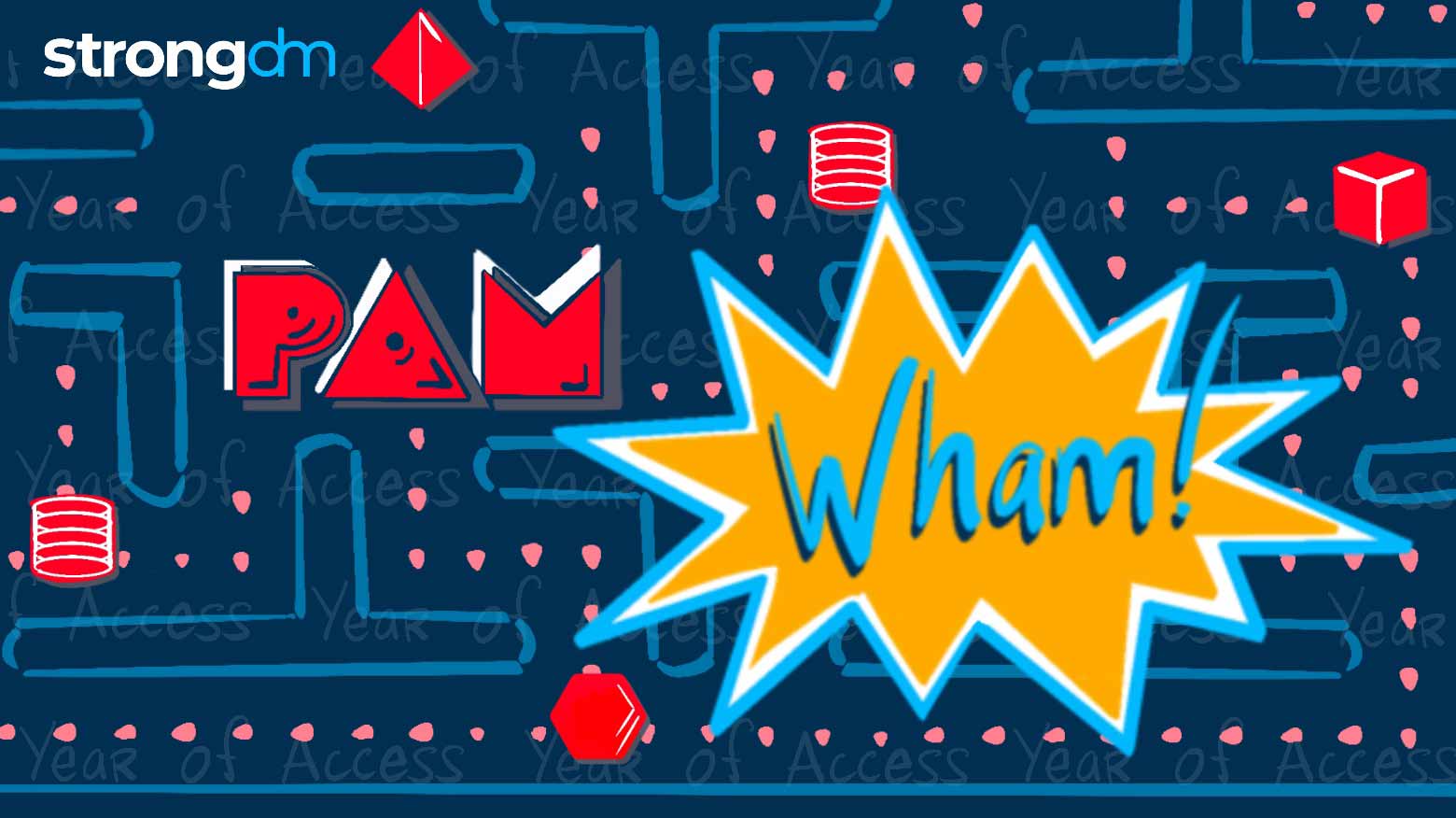
Privileged Access Management doesn’t solve the whole access challenge. It’s time for PAM to evolve to support complex environments and put people first.
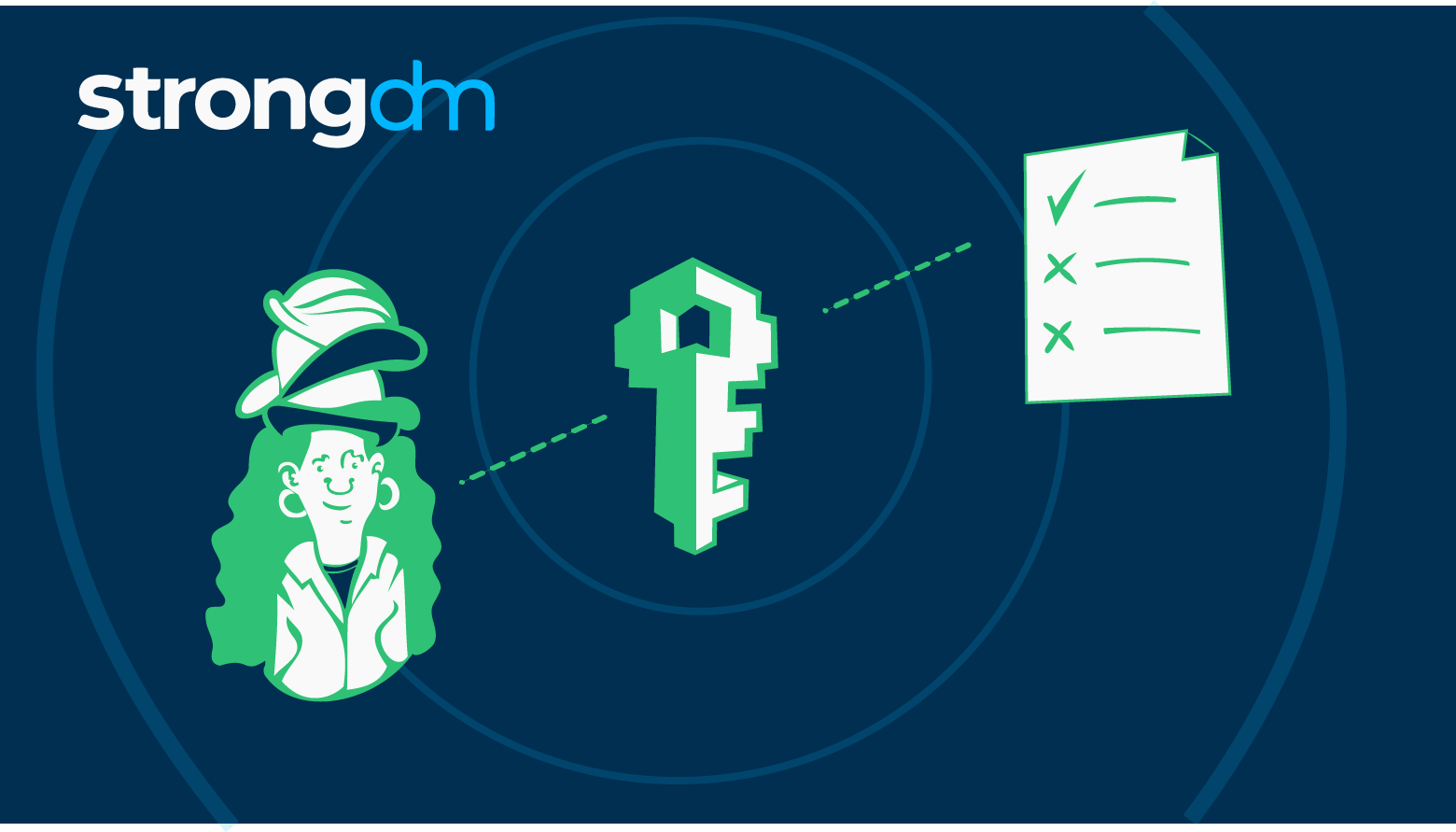
In this article, you’ll learn the difference between AWS roles vs. policies and see examples of each. By the end of this article, you’ll have a clear understanding of what distinguishes an AWS role from a policy, in addition to understanding the difference between IAM roles, users, and groups.
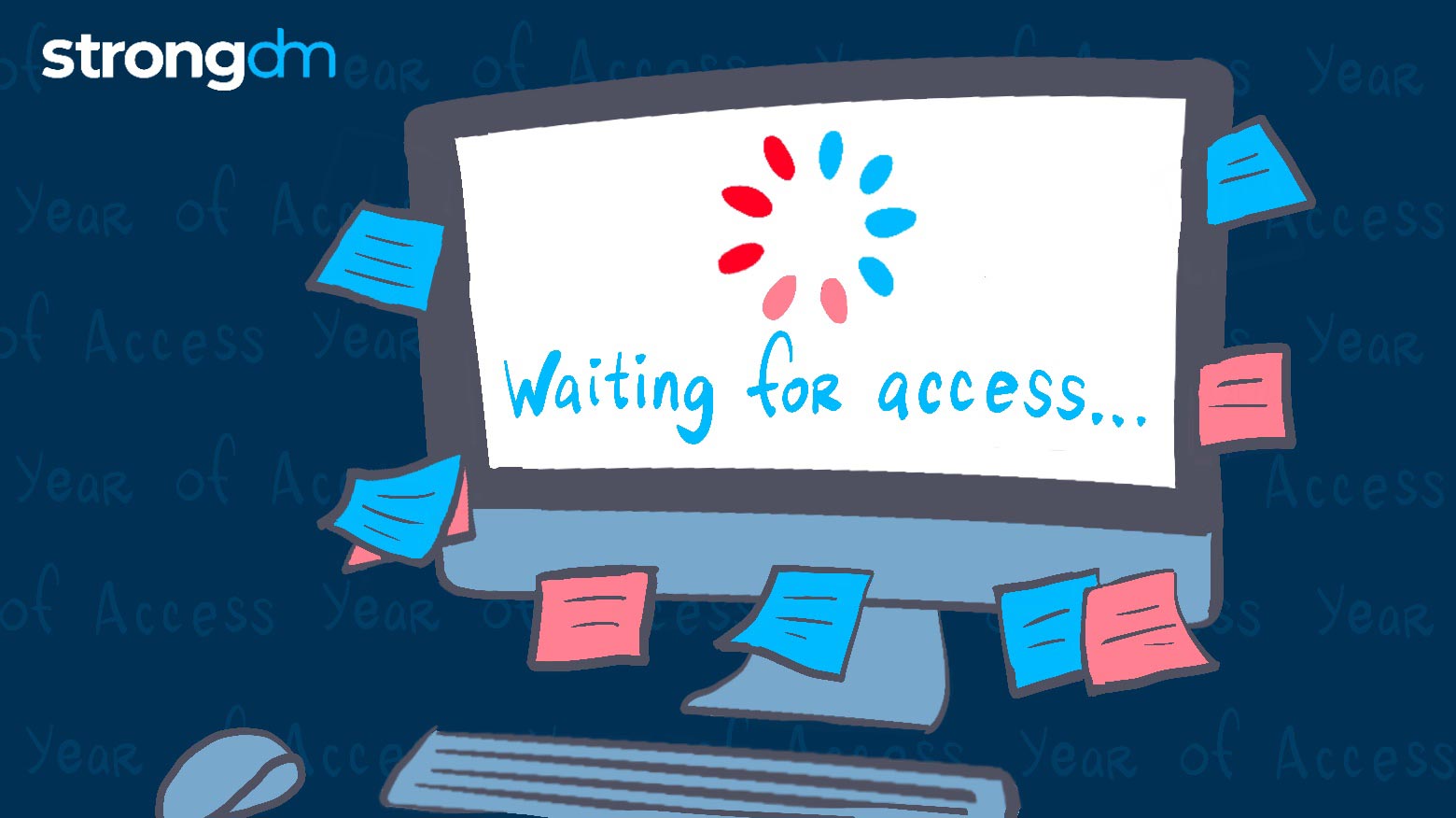
Sluggish access is more than an inconvenience. The workarounds people take to ease friction can lead to security gaps and compliance problems, plus a lot of pain for users and admins alike.
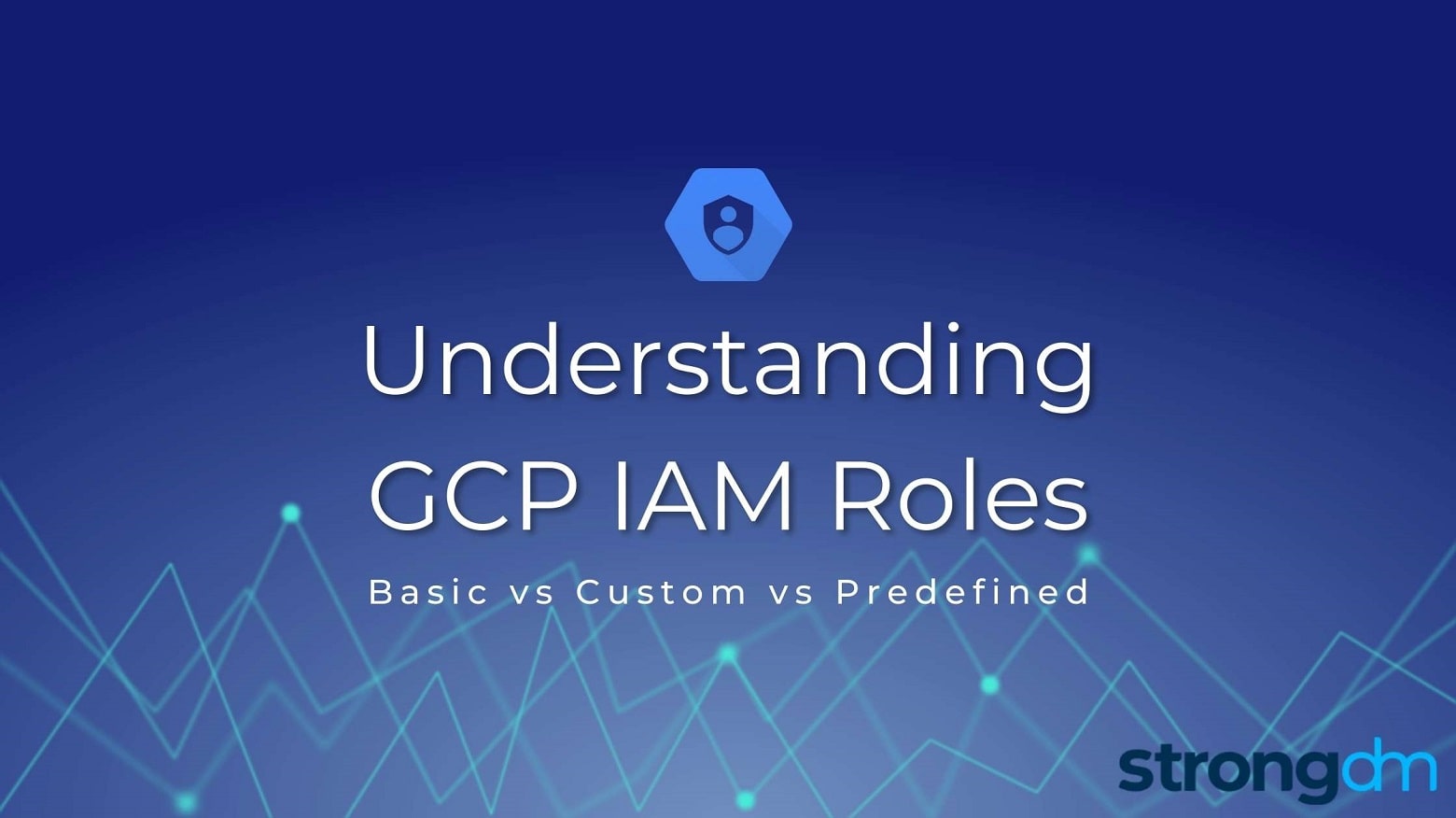
In this article, you’ll learn about how GCP IAM works and the different types of roles that can be delegated to users as well as when those roles are most appropriate in the GCP environment. By the end of this article, you’ll have a clear understanding of the pros and cons of each different role type as well as their limitations.
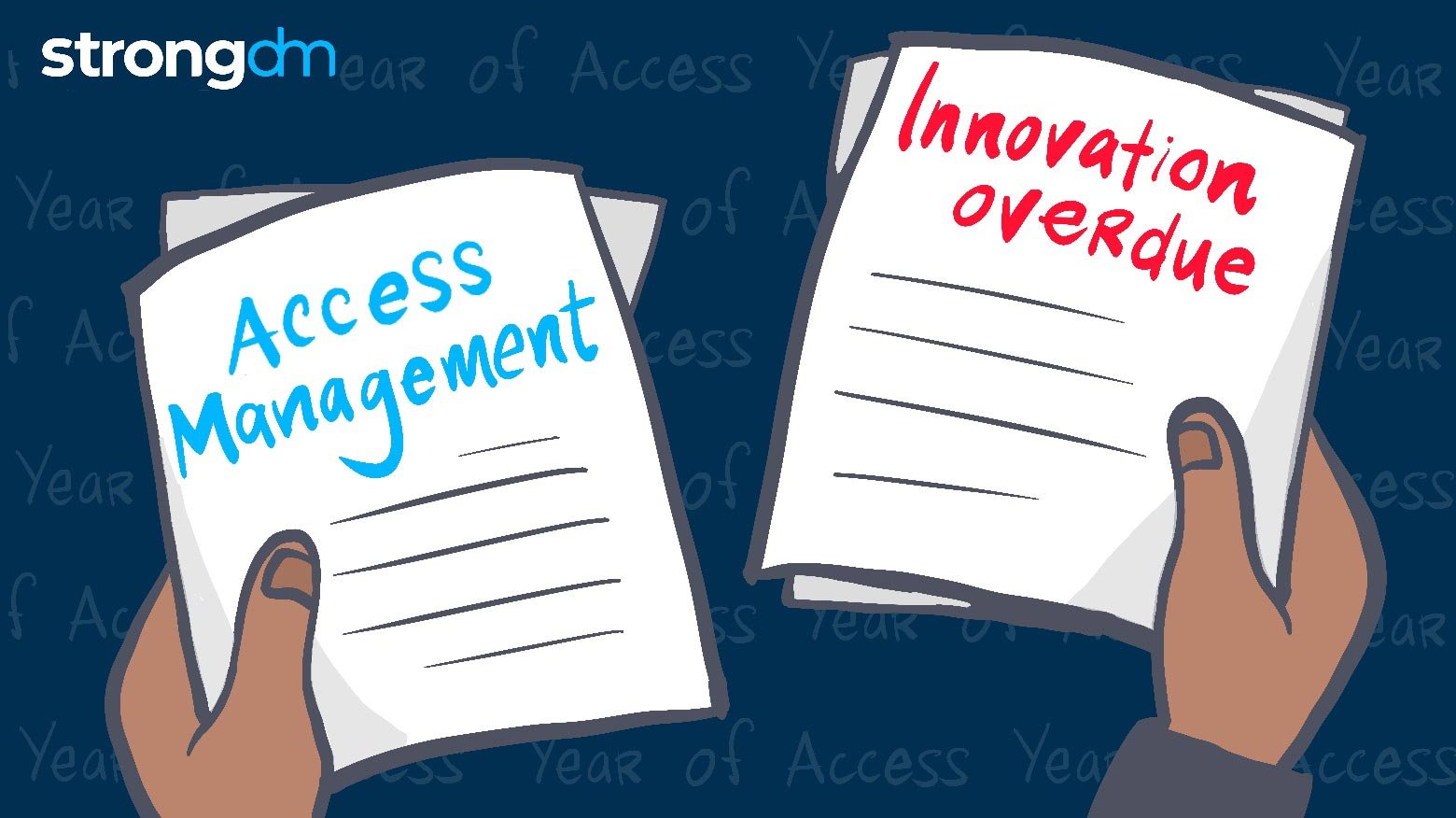
Tech teams report: infrastructure has gotten complicated & access control has not kept up. Learn why access management is overdue for innovation.
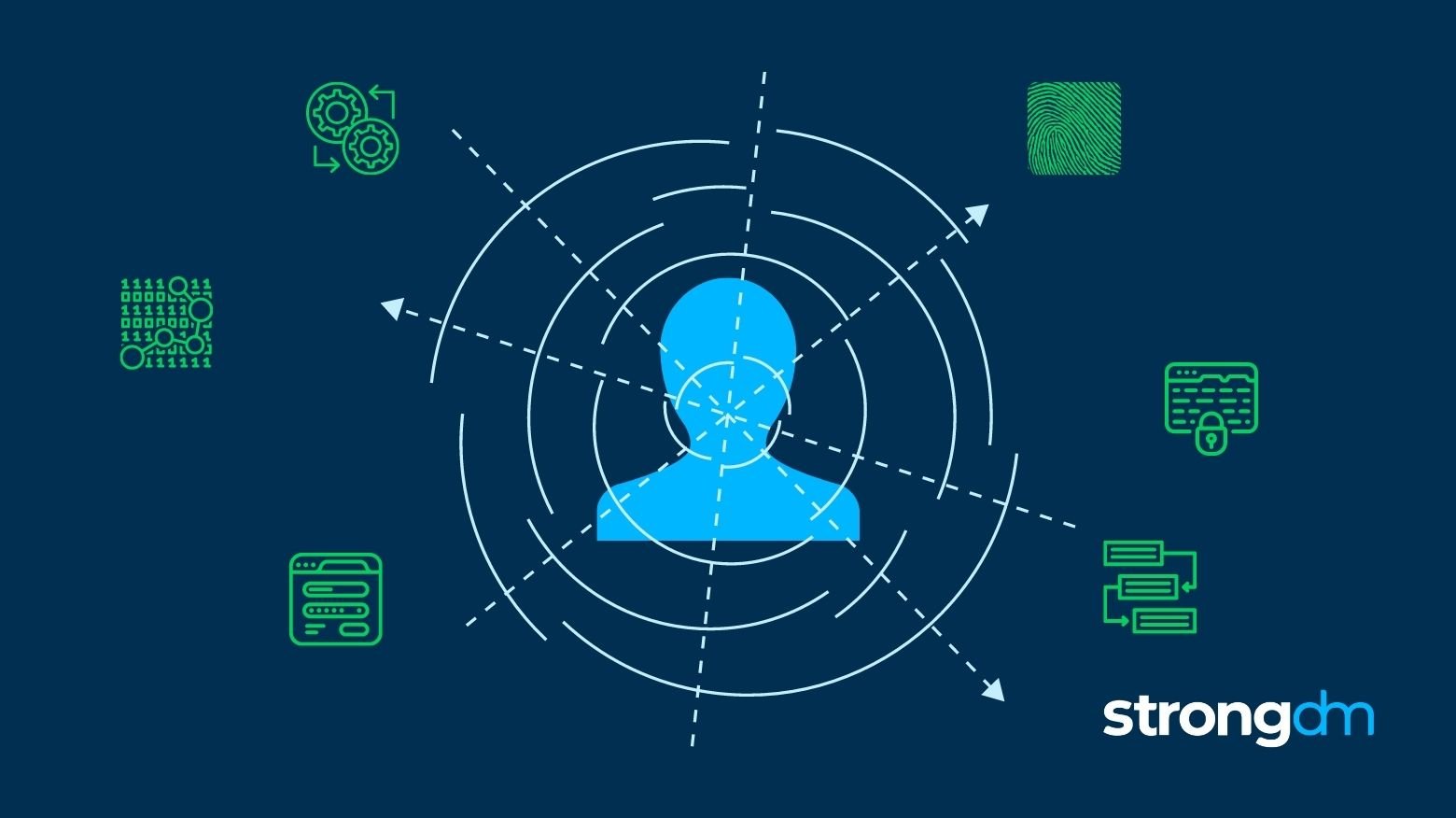
In this article, we'll list eleven Identity and Access Management (IAM) best practices and describe each one of them in detail. You'll also learn how to make these best practices standard in your organization.
